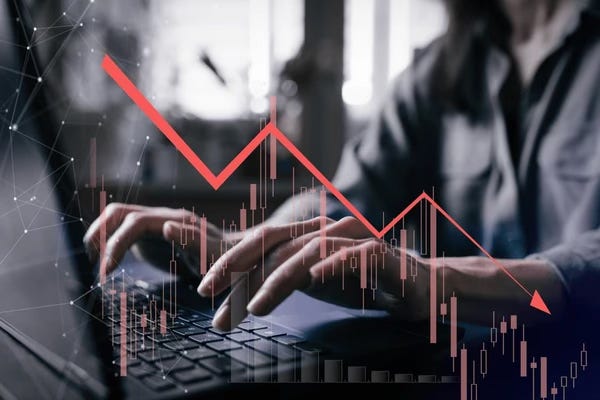Profiting from the Ashes: How Distressed Debt Investors Win in Bankruptcy Cases
Profiting from the Ashes: How Distressed Debt Investors Win in Bankruptcy Cases
Introduction
Distressed debt investing, once a niche strategy for hedge funds and vulture investors, is becoming an increasingly mainstream opportunity. When companies face bankruptcy, especially under Chapter 11, their debt often trades at steep discounts-sometimes pennies on the dollar. But in the right hands, these bonds can transform into valuable assets, offering outsized returns for savvy investors.
Understanding Distressed Debt
Distressed debt refers to the bonds or loans of companies in financial trouble. These instruments typically trade below 70 cents on the dollar, reflecting the market's pessimism about repayment. But for investors who specialize in restructuring scenarios, the risk-reward ratio can be compelling.
How the Strategy Works
1. Buy Low - Investors acquire the debt of a distressed company at a discount. For example, bonds with a face value of $1,000 might sell for $300.
2. Negotiate in Bankruptcy - Under Chapter 11, bondholders often become key players in negotiations. They may receive new equity, restructured debt, or DIP (debtor-in-possession) financing rights.
3. Exit with Equity or Value - If the restructured company survives and thrives, investors may convert their position into stock or higher-value bonds, leading to 3x-5x returns (or more).
Real-World Example: Del Monte Foods
In recent months, Del Monte's debt traded well below par after operational missteps and market pressure. As bankruptcy rumors emerged, investors began accumulating the bonds. Those who bought in around 30% of face value may stand to gain significantly if the restructuring plan includes equity conversion, debt reinstatement, or asset sales.
Calculating Potential Upside
Let's say a fund acquires $10 million face value of bonds at 30 cents on the dollar ($3M invested). If the restructuring allows conversion into equity of a reorganized entity with $80M EV and 4x EBITDA, and the investor ends up with a 10% stake, the implied value of their position is $8M-more than 2.5x on capital.
Risks to Watch
- The company may liquidate rather than reorganize
- Litigation or unsecured creditor opposition
- Subordination in the capital structure
- Delays in court proceedings
Why This Strategy Matters Now
With interest rates rising and consumer demand weakening, corporate defaults are climbing. According to Fitch Ratings, U.S. corporate default rates could hit 5% in the next 12 months. That means more distressed paper-and more opportunity for investors who understand the playbook.
Conclusion
Distressed debt investing isn't for the faint of heart. But for those who can navigate legal complexities, assess real asset value, and negotiate under pressure, it offers a path to alpha even in the darkest corners of the market. As bankruptcies rise in 2025, keep an eye on the bond tables-opportunity may lie where others see ruin.
By Rafael Benavente

